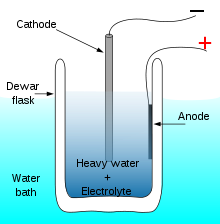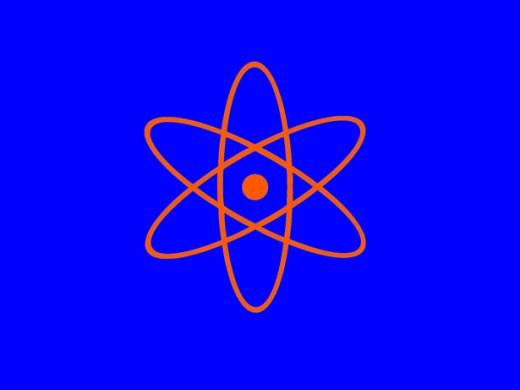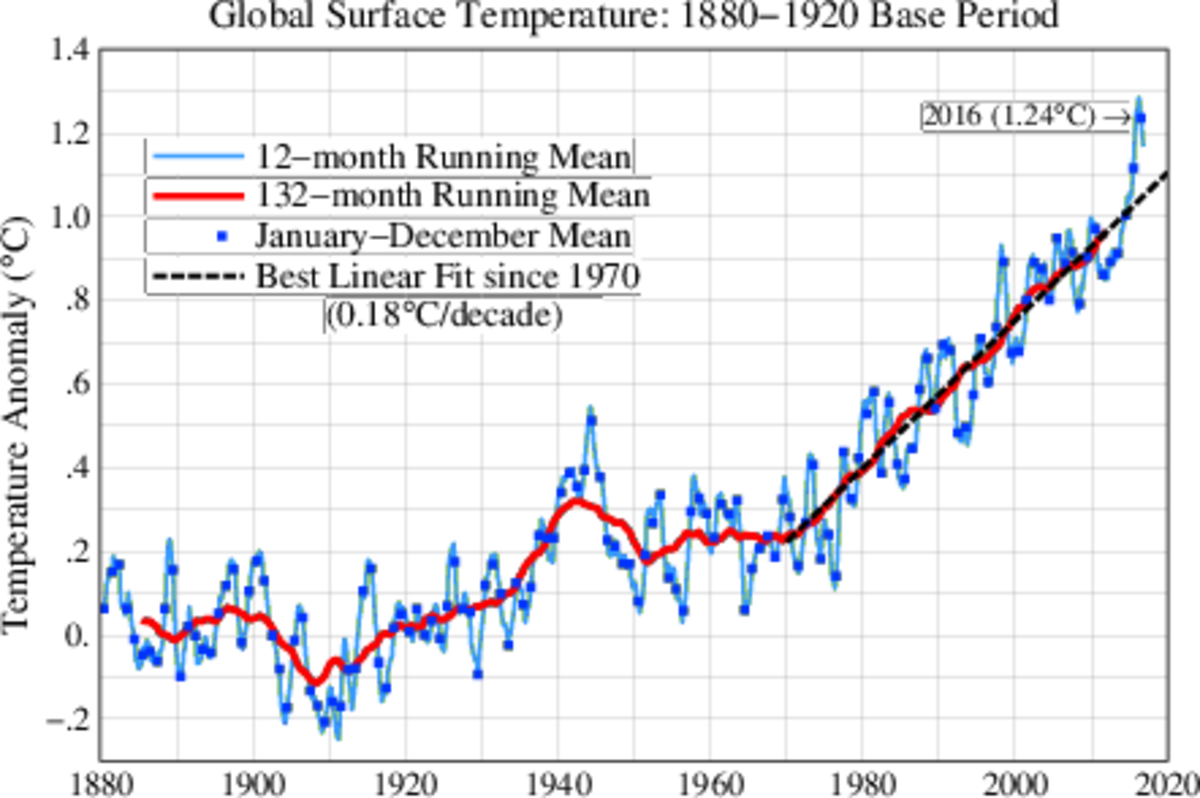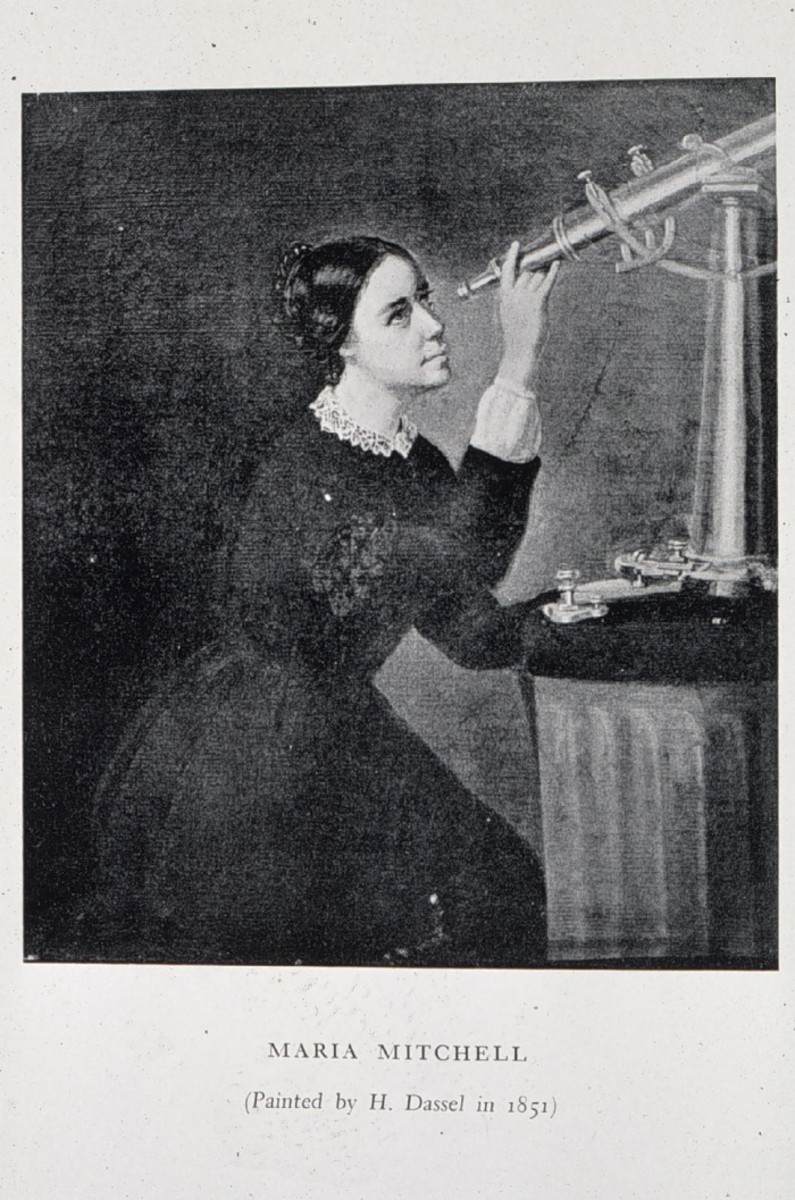Cold Fusion Is Real, but Andrea Rossi's Credibility Is Called Into Question
Cold Fusion Cell

Cold Fusion has been a pariah to the skeptical mainstream scientific community since it was first announced by electrochemists Stanley Pons and Martin Fleischmann on March 23, 1989. But despite its status as an outcast from the scientific community, research into cold fusion has been ongoing throughout the world since the 1989 announcment. Many scientists now believe cold fusion is real and warrants further research.
Cold fusion is the fusing of atoms at room temperatures to yield excess energy in the form of heat. The cold fusion reaction, which requires a nominal energy input to initiate the reaction, occurs when a metal such as palladium or nickel absorbs hydrogen in a containment vessel that is filled with heavy water. Many cold fusion experiments have reported energy gains on the order of one energy unit input to ten energy units output or more, on a small laboratory scale.
One theory regarding what causes a cold fusion reaction to occur is: the absorption of the hydrogen atoms into the metal lattice somehow allows the atoms to overcome the strong natural resistance against fusing together and a fusion reaction occurs, which gives off excess heat and nuclear particles. Another theory regarding regarding what causes a cold fusion reaction to occur is: weak particles within an atom somehow react with other weak particles in nearby atoms in previously unknown nuclear fusion reactions (perhaps helped by the metal lattice environment), and a fusion reaction occurs, which gives off excess heat and nuclear particles. This latter theory is aligned with the Low Energy Nuclear Reactions (LENR) branch of cold fusion research, and helps explain why the expected gamma radiation is absent from cold fusion reactions.
The Atom

Why Did Cold Fusion Fall From Grace?
The story of why cold fusion went from the biggest story of the spring of 1989, with many people overwhelmed with enthusiasm over the prospect of a solution to our energy problems, to the laughingstock of the mainstream scientific community and a characacher for scientific fraud, is a fascinating one. A number of books have been written which thoroughly explain the fascinating cold fusion saga, fall from grace, and ongoing research.
In a nutshell, Pons and Fleischmann did not fully understand what made their cold fusion experiment work when they rushed to announce it to the world via a press conference in the spring of 1989. Their premature announcement and lack of details regarding how to replicate their cold fusion experiment caused many in the mainstream scientific community to fail to reproduce their experiment. The concept of producing nuclear fusion at such low temperatures in the method proposed by Pons and Fleischmann was not accounted for in scientific theory at the time, which caused the mainstream scientific community to be highly skeptical of the Pons and Fleischmann cold fusion claims. The widespread failure to reproduce the cold fusion experiment and the lack of the expected nuclear fusion products from the experiments caused the naturally skeptical mainstream scientific community to conclude that the Pons and Fleischmann cold fusion claims were a result of either experimental error or fraud.
The cornerstone of science is reproducibility of results to prove that a claim is valid. Without an understanding of how to reproduce the Pons and Fleischmann cold fusion experiment (even Pons and Fleischmann had trouble reproducing their cold fusion experiment on demand in the early years, due to a lack of knowledge regarding the materials and parameters needed to achieve the cold fusion reaction), the mainstream scientific community soon relegated cold fusion to the trash heap of junk science, which meant it was scorned and not pursued any further by the mainstream scientific community. Many mainstream scientific publications refused to publish papers regarding cold fusion research, which left cold fusion on the outside of mainstream scientific communication.
What Happened to Cold Fusion Research? Why Many Think Cold Fusion Is Real!
Despite the dismissal of cold fusion by the mainstream scientific community soon after it was announced in 1989, Pons and Fleischmann and a number of other scientists were determined to continue research into cold fusion. In the years that followed, cold fusion research continued around the world in a number of small laboratories. Progress has been slow and uneven, as many of the mainstream scientific publications remain unavailable to cold fusion researchers to share their research papers and the knowledge they gained regarding the cold fusion reaction. The actual nuclear process that allows cold fusion to occur has remained unclear and is a matter of ongoing scientific debate amongst researchers. Funding for cold fusion research has come from various sources, such as: the Japanese government, which was determined to find new energy sources; angel investors such as the founder of Toyota Motors Corporation (who funded Pons and Fleischmann’s research in France after they left the United States); the California based Electric Power Research Institute (EPRI); and even the United States government via a Naval research program that allows researchers to investigate controversial scientific claims.
Historically, it is not uncommon for new and paradigm breaking scientific claims to undergo a period of mainstream scientific skepticism and ostracization that can last for many decades until the scientific claims are proven beyond any doubt. Cold fusion, being one the most controversial scientific claims of the 20th Century, has spent nearly two decades in the scientific wilderness. However, the attitudes towards cold fusion in the mainstream scientific community have been thawing in recent years, as additional experimental evidence has emerged that has started to convince some mainstream scientists that there is indeed something nuclear going on in cold fusion cells and that they are producing excess heat. As cold fusion research has progressed, it has taken on a new scientific name "Low Energy Nuclear Reactions" (LENR) to avoid the negative connotations associated with the original name and to more accurately describe the nuclear reactions that have been observed.
Andrea Rossi's Lack of Progress Raises Questions
Skeptics of cold fusion experimental claims often said they would believe in cold fusion when a commercial cold fusion heater is available for them to use. From a scientific point of view, this is an unreasonably high level of proof for a new scientific claim, as many scientific claims are proven in laboratory experiments that may never yield commercial applications. Cold fusion may just remain a laboratory curiosity that has no practical use (at least not in the foreseeable future).
In January 2011, scientists from the University of Bologna in Italy, Andrea Rossi and Sergio Focardi, announced that they had successfully demonstrated a commercially viable cold fusion power generation devise they built, named the Energy Catalyzer. Independent evaluation of the Energy Catalyzer was performed by Hanno Essen, a theoretical physicist at the Swedish Royal Institute of Technology and chairman of the Swedish Skeptics Society, and Sven Kullander of Uppsala University, chairman of the Royal Swedish Academy of Sciences Energy Committee. After examining the Energy Catalyzer working in Rossi and Focardi’s laboratory, Essen and Kullander gave the Energy Catalyzer their approval. They wrote in their report concerning their investigation of theEnergy Catalyzer, “it produced too much excess heat to have been originating from a chemical process,” concluding that, “the only alternative explanation is that there is some kind of a nuclear process that gives rise to the measured energy production.”
Rossi and Focardi wasted no time in announcing an effort to commercialize their cold fusion Energy Catalyzer power generation device. Unfortunately, the field of cold fusion has been mired by a number of fantastic claims of pending cold fusion commercialization, only to see those claims dashed and the scientists behind them discredited. Rossi claimed in early 2011 that he had an agreement with a newly formed Greek company named Defkalion Green Technologies. According to the agreement, Rossi was under contract to deliver a one (1) megawatt heating plant that used the cold fusion Energy Catalyzer power generation technology, which was proposed to consist of 300 four (4) kilowatt cold fusion Energy Catalyzer power generation devices connected in series and parallel. The power plant, which would supply heating for Defkalion's factory, was scheduled to be operational in October 2011. As of March 2012, the power plant in Greece has not come on line, and no cold fusion electricity or heat is being provided to the plant, despite Rossi's earlier proclamations that cold fusion commercialization was near. This missed deadline, questionable heat gain measurement methods, and a general lack of openness has made some, even cold fusion proponents, question if Rossi has made a legitimate scientific discovery or has some other agenda.
Real Cold Fusion
This content is accurate and true to the best of the author’s knowledge and is not meant to substitute for formal and individualized advice from a qualified professional.
© 2011 John Coviello








